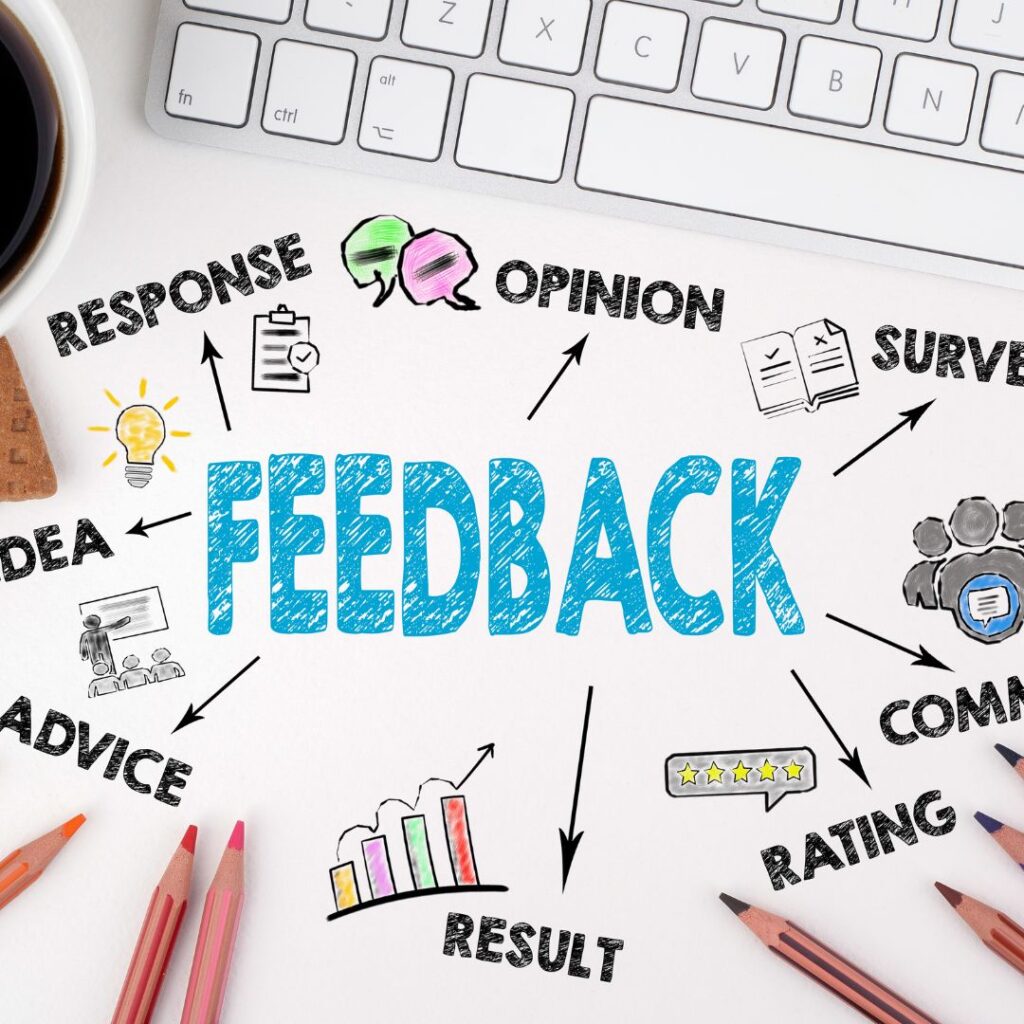Table of Contents(Get_ready_bell:client_pulse: How to implement in buisness)
Introduction to Client Pulse

The term Client Pulse refers to the continuous monitoring and understanding of clients’ experiences, expectations, and satisfaction with a brand or service. In an increasingly competitive market, businesses that fail to stay in touch with their customers’ needs quickly lose their relevance. Whether you are a small startup or an established enterprise, keeping track of your client’s pulse is essential for long-term success.
Why Client Pulse Matters for Business Success
At the heart of every business is its customer base. Understanding how your clients perceive your brand, service, or product is invaluable. It allows businesses to adjust strategies, improve services, and ultimately, maintain a loyal customer base. Tracking client pulse helps businesses stay proactive rather than reactive, leading to more robust client relationships and higher retention rates.
Understanding Client Expectations
Clients today are more informed, demanding, and connected than ever before. With so many options available, the slightest inconvenience can lead them to switch to a competitor. By regularly tracking their pulse, you gain insight into their expectations and can align your offerings to meet or exceed them. This leads to better client experiences and enhances brand loyalty.
Benefits of Tracking Client Pulse
Increased Client Retention
When you understand what your clients want, you can tailor your services to their needs. This improves satisfaction and keeps clients returning to your business instead of looking for alternatives.
Improved Client Satisfaction
Listening to clients and addressing their concerns shows them that they are valued. A positive client experience often results in stronger brand loyalty and increased word-of-mouth referrals.
Business Growth and Innovation
Monitoring client pulse can reveal trends or unmet needs that your business can capitalize on. It encourages innovation, helping you to develop new products or services that directly address client pain points.
How to Monitor Client Pulse Effectively
Surveys and Feedback Forms

One of the simplest ways to track client pulse is through surveys and feedback forms. These can be distributed at the end of a transaction, during onboarding, or periodically to gauge client sentiment.
Regular Client Check-ins
Establish a routine of checking in with clients, either through emails, phone calls, or face-to-face meetings. These personalized touchpoints are an excellent way to gather qualitative feedback.
Social Media Monitoring
Social media is a powerful tool for tracking client pulse in real-time. Monitoring brand mentions, comments, and reviews on social platforms provides instant feedback on how your clients feel about your brand.
Tools for Tracking Client Pulse
CRM Systems
Customer Relationship Management (CRM) systems are designed to help you manage client data, track interactions, and analyze feedback. These platforms often integrate with other tools, giving you a holistic view of your client’s pulse.
Customer Feedback Platforms
Platforms like SurveyMonkey or Google Forms allow businesses to gather direct feedback from clients. These platforms provide insights into client satisfaction and areas for improvement.
Analytics Tools
Analytics tools such as Google Analytics or customer sentiment analysis platforms can help you gauge how clients interact with your business online. This data can provide clues about their overall experience with your brand.
Client Pulse vs. Client Feedback: Understanding the Difference

While client feedback is generally reactive and event-based (e.g., after a purchase), client pulse is a continuous process. It involves proactively gathering data on client sentiment at every stage of their interaction with your business. Think of it as the difference between a snapshot (feedback) and a live video stream (client pulse).
How to Implement Client Pulse in Your Business
To successfully implement client pulse tracking, start by identifying key touchpoints where client sentiment matters most. This could be after a product purchase, during a service call, or when a client interacts with your support team. Utilize a variety of tools like feedback surveys, CRM systems, and social media monitoring to ensure you are gathering a complete picture of client sentiment.
Common Mistakes When Tracking Client Pulse
Ignoring Negative Feedback
No one likes hearing bad news, but ignoring negative feedback is a huge mistake. Negative feedback is often the most valuable as it highlights areas that need improvement. Addressing it promptly can turn a disgruntled client into a loyal one.
Relying Too Much on One Method
Focusing only on one method of gathering feedback (like surveys) can give you a skewed view of client sentiment. Make sure you diversify your methods to get a full picture.
The Role of Technology in Client Pulse
Technology plays a crucial role in tracking client pulse. With tools like AI-driven analytics platforms, CRM systems, and automated feedback collection methods, businesses can monitor client pulse more efficiently than ever before. These tools not only streamline the process but also provide more detailed insights into client behavior and preferences.
Case Study: How a Business Successfully Used Client Pulse
Consider a mid-sized e-commerce company that struggled with customer retention. After implementing a client pulse strategy using CRM tools, feedback surveys, and social media listening tools, they were able to identify pain points such as long shipping times and unclear return policies. By addressing these issues, they improved client retention by 30% within six months.
The Future of Client Pulse Tracking
As technology evolves, the future of client pulse tracking will likely become more automated and AI-driven. Tools will become more intuitive, allowing businesses to predict client behavior and needs before the client even expresses them. This proactive approach will ensure even higher client satisfaction rates.
How to Train Your Team to Track Client Pulse
Ensure your team understands the importance of tracking client pulse by providing regular training on the tools and methods used. Encourage them to actively listen to client feedback and respond in a way that reflects your company’s commitment to continuous improvement.
FAQs

- What is the difference between client pulse and client feedback?
Client pulse is a continuous process, while client feedback is often event-based or reactive. - How often should I check my client’s pulse?
Regular check-ins, along with continuous monitoring through tools like CRM systems, are recommended. - Can small businesses benefit from tracking client pulse?
Absolutely. Small businesses can enhance client relationships and grow their customer base by understanding client needs more thoroughly. - What are the best tools for tracking client pulse?
CRM systems, customer feedback platforms, and social media monitoring tools are all highly effective. - How can I address negative feedback effectively?
Listen carefully, respond promptly, and take actionable steps to resolve the issue. Negative feedback can lead to improvement and stronger client relationships.
Conclusion
Tracking your client pulse is not just about knowing how they feel at a specific moment—it’s about building a relationship with your clients that fosters trust, satisfaction, and loyalty. In a world where client expectations are constantly evolving, staying ahead of the curve by understanding their pulse is the key to long-term success.
See also Exploring Coyyn: A Deep Dive into Coyyn and the Coyyn.com Crypto

[…] See also Get_ready_bell:client_pulse: How to implement in buisness […]